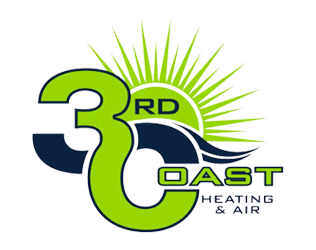What To Expect When Replacing Your HVAC
When you have your HVAC (Heating, Ventilation, and Air Conditioning) unit replaced, there are several things you can expect during the process. Here are the common steps involved in HVAC unit replacement:
Assessment and Consultation: A professional HVAC technician will visit your home or property to assess your current HVAC system, understand your heating and cooling needs, and discuss your preferences and requirements. They may also consider factors like the size of your space, insulation, and energy efficiency.
Sizing and Equipment Selection: Based on the assessment, the technician will determine the appropriate size and capacity of the new HVAC system required for your property. They will consider factors such as the climate, square footage, and your comfort preferences. They will then recommend specific equipment options that meet your needs and budget.
Cost Estimation and Proposal: The HVAC technician will provide you with a detailed cost estimate that includes the equipment, installation charges, any additional work required, and any warranties or guarantees. They will present a proposal for your consideration and address any questions or concerns you may have.
Scheduling and Preparation: Once you agree to the proposal, you can schedule a date for the HVAC replacement. Prior to the installation, you may need to make some preparations, such as clearing the area around the existing unit, ensuring access to the HVAC system, and removing any obstacles that could hinder the installation process.
Removal of the Old Unit: On the scheduled installation day, the HVAC technicians will begin by disconnecting and removing the existing HVAC unit. They will take care to handle the removal safely and may also dispose of the old equipment if included in the service.
Installation of the New Unit: The technicians will then proceed with installing the new HVAC system. This involves connecting the necessary electrical wiring, ductwork, and piping. They will carefully position and secure the new unit, ensuring proper alignment and stability.
Testing and Calibration: Once the installation is complete, the technicians will test the new HVAC system to ensure it operates correctly. They will check for proper airflow, refrigerant levels (if applicable), and verify that all controls, thermostats, and safety features are functioning as intended. They may also calibrate the system to optimize performance and energy efficiency.
Final Inspection and Cleanup: After the testing phase, the technicians will conduct a final inspection to ensure the installation meets the required standards and codes. They will address any remaining adjustments or fine-tuning if necessary. Once everything is verified, they will clean up the work area, removing any debris and leaving your property tidy.
Instruction and Documentation: Before completing the project, the HVAC technicians will provide you with instructions on operating and maintaining your new HVAC system. They may also offer documentation, such as warranty information and service records, for future reference.
It's worth noting that the exact process and timeline may vary depending on the specific HVAC unit being replaced, the complexity of the installation, and the contractor you choose to work with. It's always recommended to consult and hire professional HVAC technicians to ensure a proper and efficient replacement.
